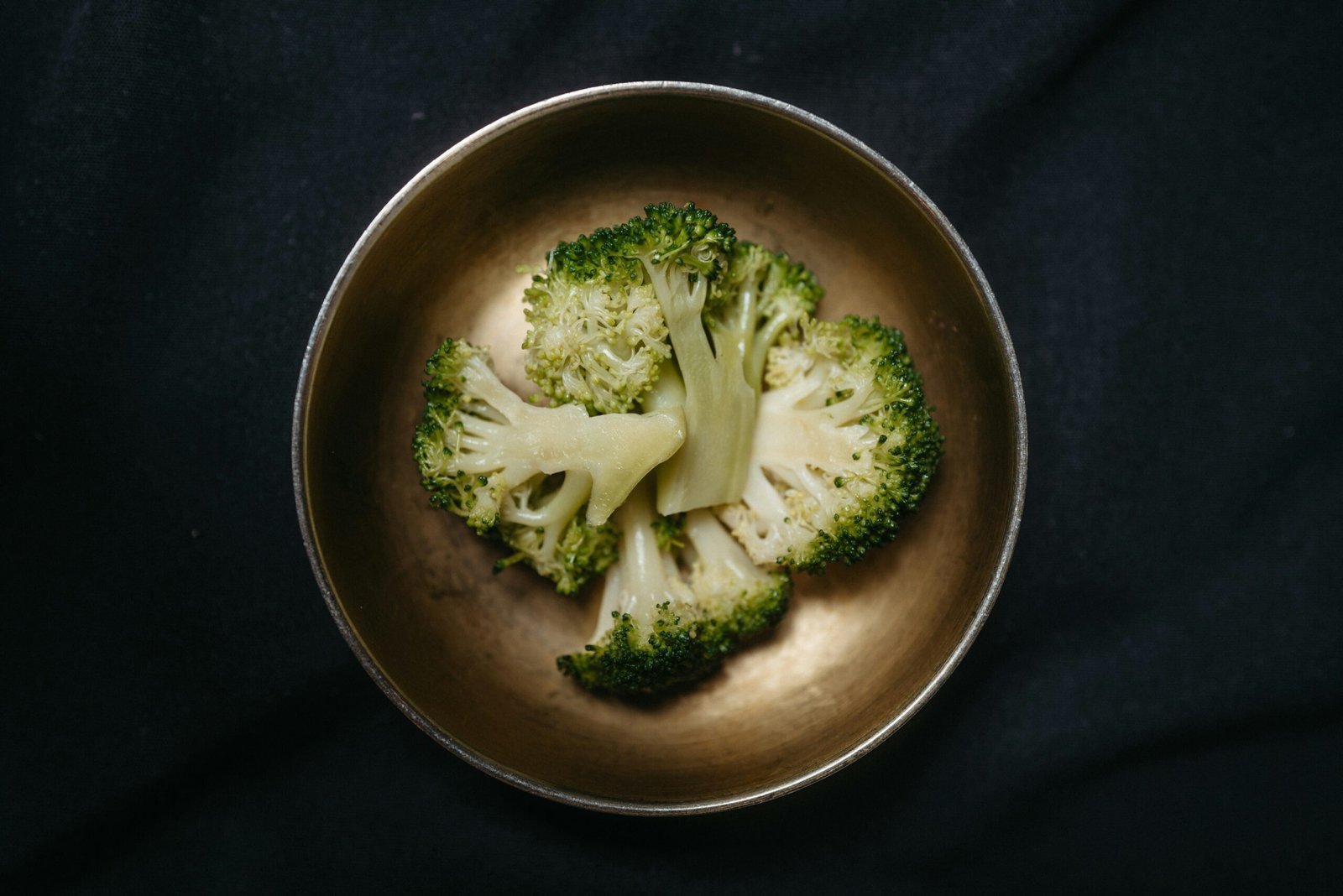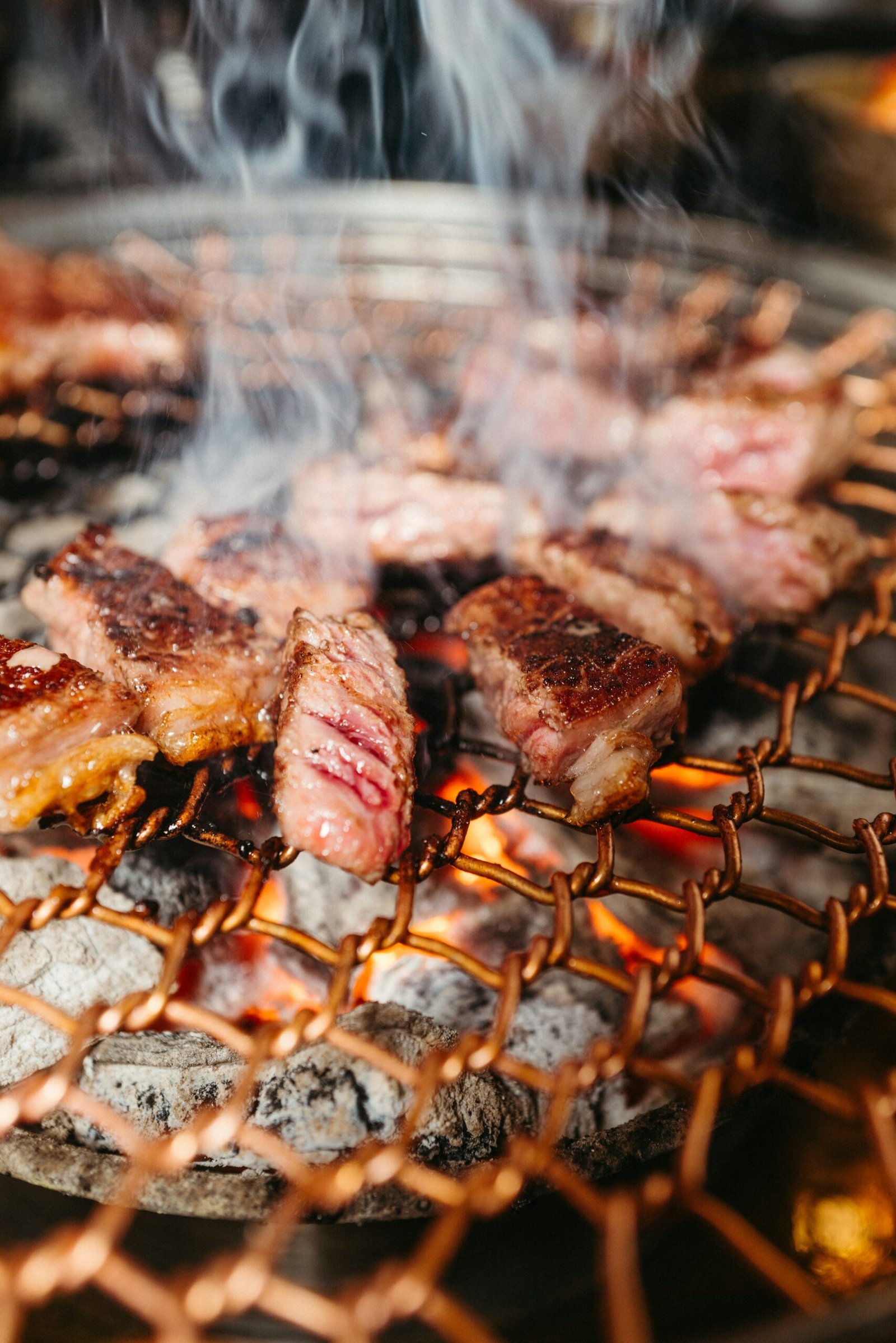In “Can You Share Stories About The Historical Significance Of Certain Korean Dishes?”, you’ll discover the rich history behind some of Korea’s most beloved meals. Each dish carries unique stories that reflect the cultural and historical backdrop of Korea. From the hearty and restorative qualities of Samgyetang, enjoyed for centuries during hot summers to boost stamina, to Kimchi’s evolution through the ages as a staple reflecting the nation’s agricultural practices and seasons, the article delves into the fascinating origins and cultural significance that make Korean cuisine so much more than just food. Have you ever wondered what stories lurk behind the savory bites of Korean cuisine? As you savor that delicious dish of kimchi or warm bowl of bibimbap, you’re not just experiencing a flavor; you’re also tasting a story that has been simmering for centuries. Indeed, each Korean dish comes with a tapestry of history, culture, and tradition.

Kimchi: A Tradition Fermented in Time
The Story Behind Kimchi
Kimchi, a staple in Korean cuisine, is not just fermented vegetables; it’s a piece of history. Dating back over two thousand years, kimchi has always been a significant part of Korean culture. Originally, it was a method to preserve vegetables during the long, harsh winters.
The Evolution of Ingredients
Initially, kimchi was made with radishes and did not include the chili pepper that we associate with kimchi today. It wasn’t until the 16th century, after chili peppers were introduced to Korea by traders, that the spicy version of kimchi started to emerge. This simple yet profound addition transformed kimchi into the spicy delicacy that we love today.
Cultural Significance
Kimchi isn’t just food; it’s a communal experience. The process of making kimchi, known as “gimjang,” is traditionally a family event where everyone comes together to prepare the winter’s supply of kimchi. This event fosters community spirit and family bonding, underscoring the importance of togetherness in Korean culture.
Bibimbap: A Bowl of Harmony
The Origins of Bibimbap
Bibimbap, which literally means “mixed rice,” has roots that are both humble and royal. Originating as a Korean peasant dish, it was initially made to use up leftover vegetables and rice. However, it also holds significance in royal courts where it was a culinary art form used to showcase an array of flavors and ingredients in perfect harmony.
Symbolism in Ingredients
Every element in bibimbap holds a symbolic meaning. The combination of colors – white (rice), yellow (egg), green (vegetables), red (meat or chili paste), and black (seaweed or mushrooms) – represents the five elements of Korean philosophy: water, fire, wood, metal, and earth. By mixing these ingredients, bibimbap is believed to balance the body and mind.
A Meal for All Occasions
Used in ceremonies and traditional celebrations, bibimbap carries a wealth of cultural importance. During the Lunar New Year, for instance, the dish symbolizes the hope for virtuous deeds and a fruitful life. What started as a resourceful meal is now a representation of harmony and balance.
Bulgogi: A Taste of Royalty
Historical Roots
Bulgogi, which translates to “fire meat,” has a royal lineage. This marinated beef dish dates back to the Goguryeo era (37 BC – 668 AD) where it was enjoyed by Korean aristocrats. The recipe was passed down from generation to generation, and each adaptation absorbed elements of the era’s culture and tastes.
The Art of Marination
The marination process is what sets bulgogi apart. Traditional recipes call for a blend of soy sauce, sugar, sesame oil, garlic, and pepper, which tenderizes the meat and infuses it with a deliciously sweet and savory flavor. Over time, regional variations have added local ingredients, enriching the dish’s flavor profile.
Modern Day Significance
Today, bulgogi remains a popular dish for special occasions and family gatherings. It is a symbol of hospitality and celebration, often the center of attention in Korean BBQs. Whether served in a formal setting or at a casual barbecue, bulgogi continues to impress palates around the world.
Tteokguk: A New Year’s Tradition
Significance of Tteokguk
Tteokguk, or rice cake soup, holds a special place in Korean New Year celebrations (Seollal). Eating tteokguk is more than a culinary tradition; it is believed to grant the eater good luck and an additional year of life.
Ingredients with Meaning
The key ingredient, sliced rice cakes (tteok), symbolizes purity and a fresh start. Traditionally, the rice cakes are long and cylinder-shaped, representing longevity. When sliced into thin, oval pieces, each piece is reminiscent of old Korean coins, symbolizing wealth and prosperity.
Ritual and Celebration
Tteokguk is usually consumed during the Seollal celebration. Families gather to pay respect to their ancestors, perform traditional rites, and eat this comforting dish together. The practice of eating tteokguk brings families closer, fostering a sense of unity and shared heritage.

Samgyetang: A Dish for Wellness
Healing Properties
Samgyetang is a hot and nourishing chicken soup, traditionally enjoyed during the hottest days of summer. Filled with a whole young chicken stuffed with glutinous rice, ginseng, jujubes, and garlic, this dish is believed to restore energy and rejuvenate the body.
History and Tradition
Historically, doctors in the Joseon Dynasty prescribed samgyetang for its medicinal benefits. The dish was believed to balance the body’s energy, especially during periods of extreme heat when physical energy could be depleted.
A Seasonal Delight
Known as a “boyang” (health-preserving) food, samgyetang is particularly popular during “Sambok” – the three hottest days of the Korean summer. Many Koreans flock to restaurants to enjoy this dish, believing it will help them regain stamina lost in the heat.
Japchae: Royal Noodles with a Humble Beginning
Historical Background
Japchae, a savory and slightly sweet dish of stir-fried glass noodles, has royal beginnings. First served during the reign of King Gwanghaegun in the 17th century, the dish was so well received that it became a staple in the royal court.
Transformation Over Time
Initially, japchae did not include noodles. The original version was a mix of vegetables and meat. In the 20th century, Korean sweet potato noodles (dangmyeon) were introduced, transforming japchae into the beloved noodle dish it is today.
Festive Fare
Japchae is commonly served during festive occasions like weddings, birthdays, and holidays. Its variety of colorful ingredients makes it not only visually appealing but also a representation of prosperity and good fortune.
Banchan: Small Dishes with Big Stories
Variety and Diversity
Banchan refers to the multiple small side dishes served along with cooked rice in Korean cuisine. These can range from pickled vegetables and fermented beans to tiny savory pancakes and marinated tofu.
Historical Context
The concept of banchan dates back to the Three Kingdoms period (57 BC – 668 AD). They were developed out of necessity when farmers needed to create meals with whatever ingredients were available. Over time, the variety and complexity of banchan have evolved, but they remain a cornerstone of Korean dining.
Cultural Significance
Banchan represents the Korean ethos of abundance and sharing. Serving multiple small dishes reflects the importance of balance and a well-rounded diet, which is central to Korean culinary philosophy. Furthermore, banchan emphasizes the communal aspect of eating, a fundamental aspect of Korean culture.
Gimbap: The Korean Sushi
Historical Ties
Gimbap, often referred to as the Korean sushi roll, is a relatively modern dish, gaining popularity in the 20th century. Its name is derived from ‘gim’ (seaweed) and ‘bap’ (rice). Though influenced by Japanese sushi, gimbap has its unique flavor and cultural significance.
Ingredients and Preparation
The main ingredients include steamed white rice and various fillings such as vegetables, fish, and meats, all rolled in a sheet of seaweed. Unlike sushi, gimbap typically uses sesame oil instead of vinegar, which gives it a distinct taste. The versatility in ingredients reflects the dish’s adaptability to personal and regional preferences.
Modern-Day Relevance
Gimbap is often considered a picnic or travel-friendly food. Easy to package and carry, it is a go-to meal for outdoor activities, highlighted by its presence during picnics, school lunches, and family outings. Its popularity continues to grow as a beloved staple of Korean street food.

Conclusion
By uncovering the historical significance of these Korean dishes, you gain more than just culinary knowledge. Each dish tells a story of Korea’s people, culture, and landscape, revealing a history that is as rich and layered as the flavors themselves. So next time you enjoy a meal of kimchi, bibimbap, or any of the other delicious dishes mentioned, take a moment to appreciate the centuries of tradition and history that have gone into every bite.

